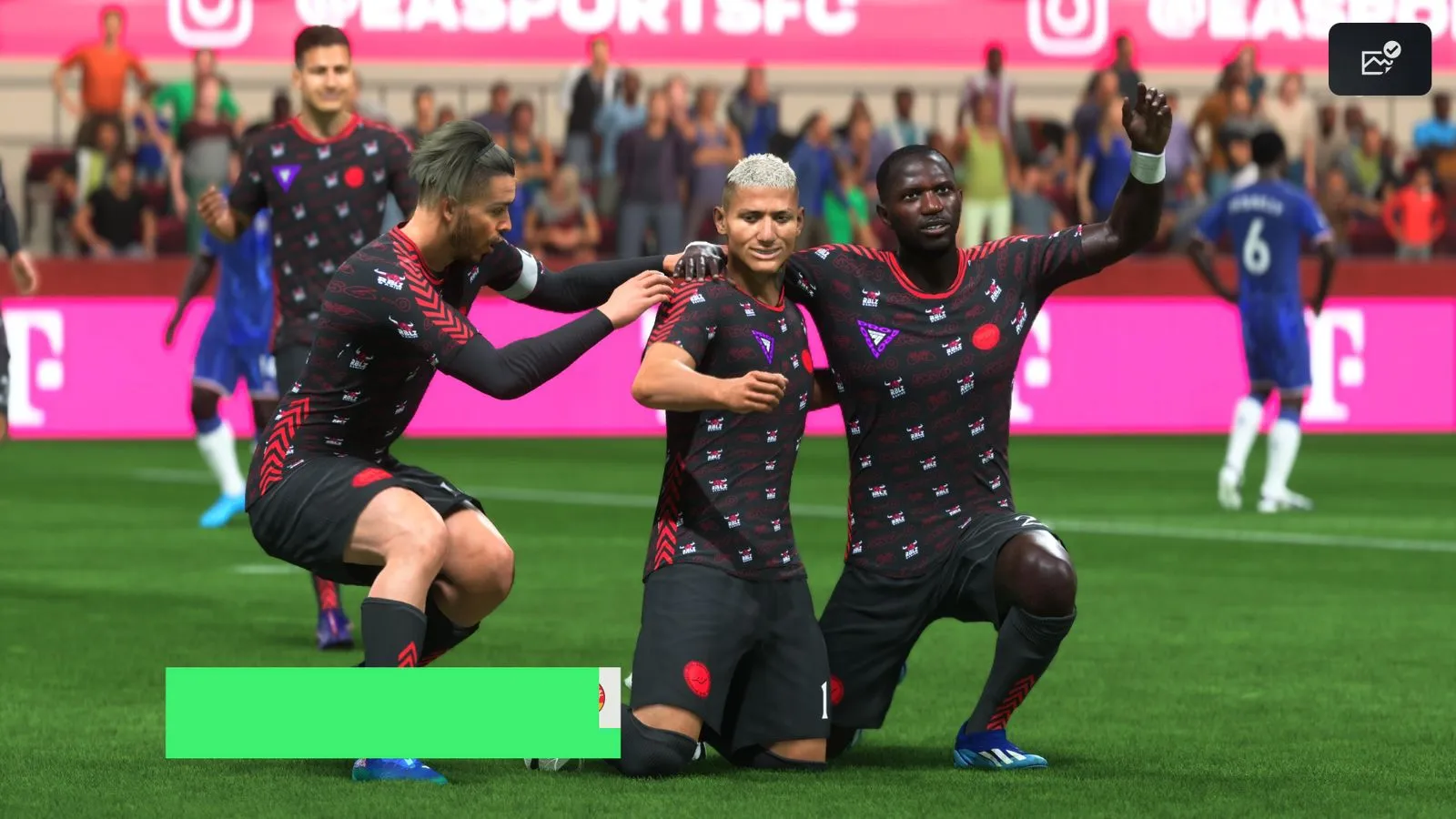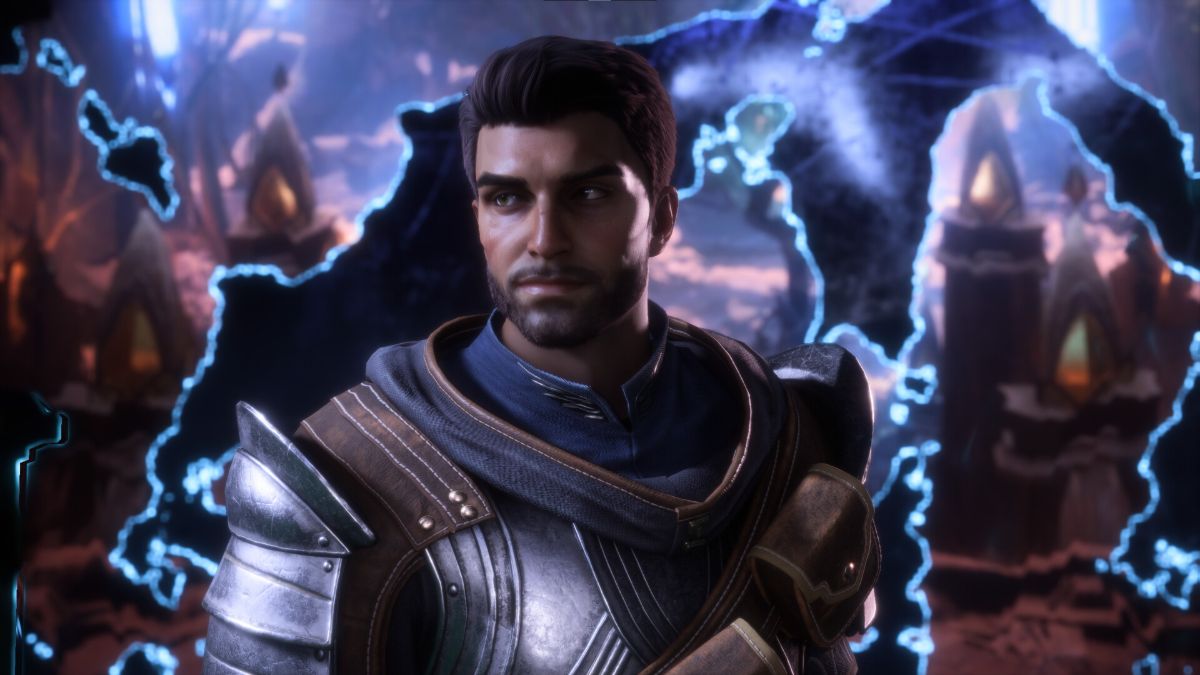Chants of Sennaar, the 2023 language puzzle game from Rundisc, uses fictional languages but was developed in French and English. “Our choices of vocabulary, riddles, and puzzles were made from the outset to suit both languages,” creative director Julien Moya told Polygon, referencing how players who speak these languages might approach the translation puzzles in the game. Yet plenty of other languages have different structures, which means localizing Chants of Sennaar required a careful process.
“I know that things were a lot trickier later with certain languages, such as Chinese, which have very different structures and principles and required a lot of adaptation,” Moya said.
This week on Polygon, we’re looking at how cultural differences affect media in a special issue we’re calling Culture Shock.
Naturally, this became a challenge for translators dedicated to translating a game about translating different languages. While Rundisc handled English and French internally, it turned to narrative localization studio Riotloc for help expanding the game’s reach. Translators for the Russian, Portuguese, Japanese, and Spanish versions of the game spoke to Polygon via email about the process of translating the “translator’s mindset,” as Russian translator Anna Kiseleva put it, for Chants of Sennaar.
This interview has been edited for length and clarity.
Polygon: What’s it like to localize a game with an invented language? I’m sure it’s both intriguing and challenging.
Anna Kiseleva, Russian translator: Strictly speaking, in Chants of Sennaar, the source language is still English. There are four artificial hieroglyphic languages but the goal of the game is for the player to translate these vocabularies into their own language. This game is more about a translator’s mindset than about invented languages. The authors spoke English so they created the process of translating into English, and if your player speaks another language, you need to carefully adapt this process with this new language in mind. In my case, it’s Russian.
Thankfully, we ourselves are translators, so we understand this process well, that’s what we do for a living. First, you decode words. Then, you combine these words. And then, you try to make sense out of this combination. These three stages are implemented in the game itself: you see a sequence of hieroglyphs first, then you start to understand some of them and they are shown as words. And finally, when you have decoded all the words in a sentence, that’s where things get even more interesting.
This third stage — making sense out of the words — is the most difficult. So difficult that the developers needed to keep it relatively simple compared to the real thing, while making this part of [the] puzzle interesting. I think they did a wonderful job, found the ideal balance. For example, let me show you a line of hieroglyphs and its “official” English translation from the game:
ME ME SEEK/WANT GO/PASS UP/GREAT means “We want to go up.”
About the ME ME part: to make the player think, the developers included peculiarities into the invented languages. For example, the Devotees’ language creates plural words by repeating a singular symbol (WE = ME ME), while the Warriors etc. have a separate symbol that means “plural”.
The Bards use “you” as a synonym of “me” and have an inverted word order:
BROTHER PLURAL YOU PLURAL BE means “Brothers, we are.”
To attract a bit more attention to this stage and to the fact that a translator needs to create a sentence out of the words, not just mix them up like ingredients in a salad, I went a tiny step further and made two translations for strings with peculiarities, showing both of them to the player after full decoding. It looks like this (all in Russian, of course):
Stupid, Warriors are! [Warriors are stupid!]
Seeking, I’m not. [I’m not seeking.]
Camila Fernandes, Portuguese translator: It surely is! As the translation work took place, we didn’t have access to all of the characters used in each language created for Chants of Sennaar, but we dealt with the concepts transcripted into English. So, for the Brazilian Portuguese localization team, it was a EN-PT translation. The main challenge was to understand the context and choose the right words in Portuguese in a way that no message would lose its meaning. Luckily, the client’s team was available to provide all the information we asked for. Along the process, the story unraveled through words, sentences and half-sentences, making me eager to see the game being launched in my language so I could explore it as if I hadn’t helped translate it (LOL).
Iori Honda, Japanese translator: At the early stage of this project, I felt that this game might be difficult for general players. For Japanese players, learning English can be particularly challenging due to the significant differences in language structures. This concern applied to all the languages featured in CoS, making me worry that the game might not be suitable for Japanese players.
Since not every player is adept at learning foreign languages, my translation approach focused on being “easy for beginners” and “player-friendly.”
One of the most challenging aspects was a task where players act as interpreters between groups, creating sentences based on single pictures. The translation tone for this was intentionally neutral, using simple words that players could use to deduce the appropriate terms, while also considering the word order of each language. Anticipating that some players might forget the grammar rules by the end of the story, I included tips in the translations, offering grammatical and word hints whenever possible.
To my surprise, many players enjoyed CoS after its release. They had fun guessing words and forming sentences, and some players and reviews even mentioned that the translations were well-done. I didn’t expect such a positive reaction from the players and was pleasantly surprised by how much they enjoyed the language-learning aspect of the game.
Fernando Moreiras, Spanish translator: Newly invented languages are really commonplace in cultural products. As a fan, I had some knowledge of languages like Quenya or Klingon, and had read about the processes the authors went through to create them. My first hard contact as a translator with invented languages was as a literary translator, when they commissioned me George Orwell’s 1984, featuring Newspeak. The use of Newspeak in English was perfectly documented by Orwell, so first I needed to adapt the rationales leading to changes in English to the needs of my target language, which was Galician. After establishing the Galician Newspeak grammar and neology, everything went actually pretty smooth.
Are there different ways to “translate” these invented languages for different countries/markets?
Kiseleva: In this particular case, the whole issue was just to show how you translate these hieroglyphs into Russian, using Russian words and grammar constructs. For example, Russian does not have modal verbs, so a construct like “Seeking, you are” is even less understandable for the Russian player because we never say “you are seeking,” we say “you seek.” Here, I used the same method as above, because for the Russian player, the Bardic and the English are equally foreign, so it made sense to handle them the same way.
Moreiras: Personally, I think that the actual difference does not pivot on countries or languages, but on genres. Artificial languages for drama, like the ones I already mentioned, tend to have some strict rules that you need to follow, or at least mirror or adapt, in your target language. On the other hand, artificial languages for comedy (thinking of Smurf or Minion languages, or even some Fake Latin uses) don’t really have any mandatory rules, there you just crack jokes that work for the target audience and get some laughs.
What sort of expertise and research goes into your work on Chants of Sennaar?
Kiseleva: In this particular case, we were to make our own work process public, so all it takes is to be a professional translator, I guess.
Fernandes: In addition to knowledge of the source and target languages, it is necessary to always be on the lookout for ambiguous words taken out of context. But that goes for most game localization projects.
Moreiras: Actually, knowing several grammatical systems pretty well and reading or watching works where artificial languages are featured. I already had that base covered since I was a teenager, not only for full languages like Quenya or Newspeak, but also for involutions or evolutions of languages like those appearing on films like Quest for Fire or A Clockwork Orange. Being a nerd prepares you for this kind of work.

 5 hours ago
7
5 hours ago
7









 English (US) ·
English (US) ·